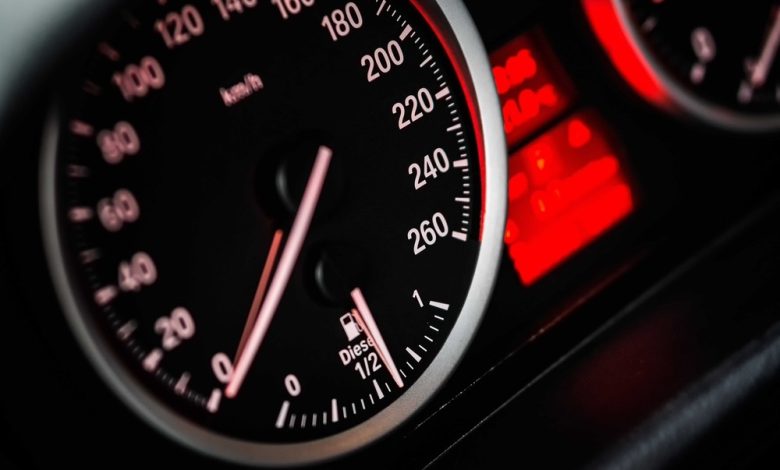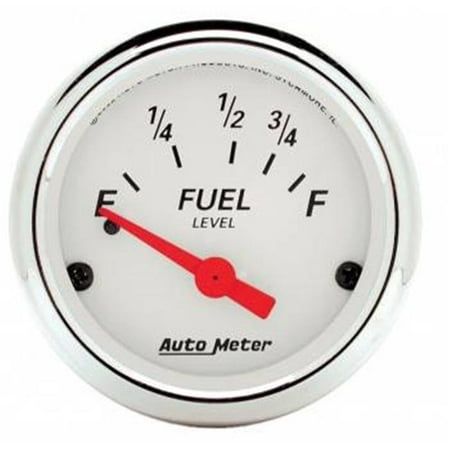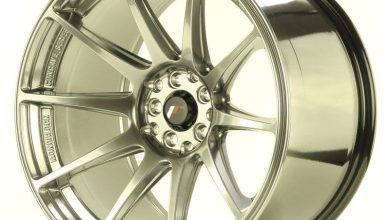A Guide to Race Car Gauges for Beginner

Embarking on a journey into the thrilling world of automotive racing is an exhilarating experience, and understanding the intricate details of your race car is crucial for success on the track. One key element that plays a vital role in this realm is the use of race car gauges. To deliver the best improvement of your brain, we present the significance of race car gauges for beginners, shedding light on their functions, types, and how they contribute to optimizing your performance on the race track.
Understanding the Basics
Race car gauges are essential instruments designed to provide real-time feedback on various aspects of your vehicle’s performance. These gauges offer valuable insights into critical metrics, allowing you to make informed decisions and adjustments during a race. From monitoring engine temperature to keeping an eye on oil pressure, race car gauges are indispensable tools that help drivers push their vehicles to the limit while maintaining optimal performance.
Types of Race Car Gauges
1. Tachometer
The tachometer is a fundamental gauge that displays the engine’s revolutions per minute (RPM). It helps drivers manage gear shifts and ensures they operate within the engine’s optimal power range.
2. Oil Pressure Gauge
Monitoring oil pressure is crucial for preventing engine damage. The oil pressure gauge indicates whether the engine is receiving adequate lubrication, allowing drivers to take immediate action if levels fall below optimal.
3. Water Temperature Gauge
Overheating can be detrimental to a race car’s engine. The water temperature gauge provides real-time information on the engine’s cooling system, enabling drivers to manage temperatures and avoid potential issues.
4. Fuel Pressure Gauge
To prevent fuel-related problems, a fuel pressure gauge monitors the pressure in the fuel system. This ensures a consistent and efficient fuel supply to the engine.
5. Boost Gauge (For Turbocharged Cars)
Turbocharged vehicles benefit from a boost gauge, which displays the pressure of the turbocharger. This gauge helps drivers optimize performance by managing boost levels.
Importance for Beginners
For novice racers, race car gauges serve as invaluable tools for honing driving skills and understanding the dynamics of their vehicles. These gauges provide real-time feedback, allowing beginners to grasp how their driving style and decisions impact the car’s performance. As beginners familiarize themselves with the readings on the gauges, they gain a deeper understanding of their race car’s behavior, making it easier to make split-second decisions on the track.
Learning to Read and Interpret Gauges
Effectively utilizing race car gauges requires learning to read and interpret the information they provide. Beginners should spend time familiarizing themselves with each gauge’s normal operating range and understand the significance of deviations from these norms. This knowledge empowers drivers to identify potential issues early on, preventing catastrophic failures and ensuring a safer racing experience.
For those venturing into the world of automotive racing, understanding race car gauges is an essential step toward mastering the art of high-performance driving. These instruments not only provide real-time feedback on your vehicle’s vital signs but also serve as valuable tools for honing your skills on the race track. As a beginner, investing time in learning the functions and interpretations of race car gauges will undoubtedly contribute to a safer, more enjoyable, and ultimately successful racing journey. So, buckle up, keep an eye on those gauges, and get ready to navigate the fast lane with confidence and precision.






